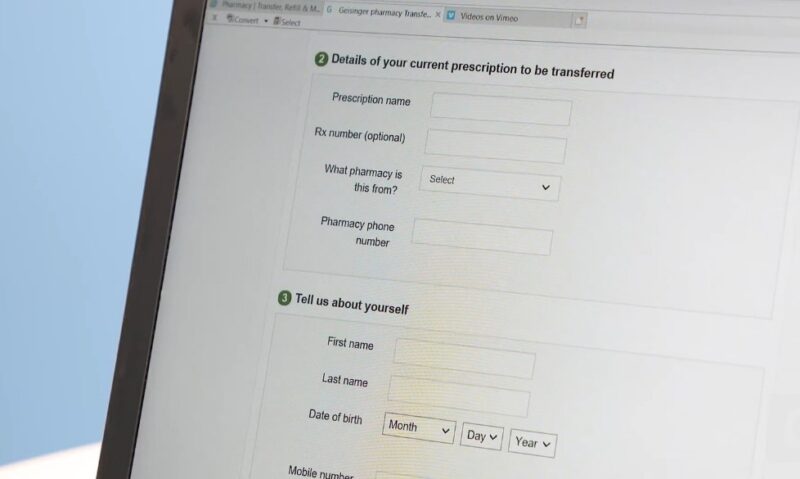Transferring prescriptions to a new pharmacy can feel overwhelming, but with the right steps, it can be straightforward. Here are some key things to consider and steps to follow:
1. Select a New Pharmacy

Choosing the right pharmacy is crucial. Consider factors like location, hours of operation, services offered (e.g., home delivery, online refills), and whether they accept your insurance.
It’s also worth checking if the pharmacy offers any cost-saving programs or discounts.
2. Gather Your Prescription Information
Before initiating the transfer, collect all necessary information, including:
- Your personal details (full name, date of birth, home address, phone number)
- Medication details (names of the medications you want to transfer, dosage, and frequency)
- Prescription numbers from your current pharmacy
- Information on any known allergies
- Prescription insurance information (if applicable)
3. Contact Your New Pharmacy

Reach out to your new pharmacy with the gathered information. You can often do this in person, over the phone, or through the pharmacy’s website.
Provide them with the details of your current pharmacy, including the phone number and address, and any prescription numbers you have.
4. Let the New Pharmacy Handle the Transfer
Once you’ve provided the necessary information, your new pharmacy will typically contact your old pharmacy to transfer the prescriptions.
This process usually involves verifying the prescriptions and ensuring that there are no issues with transferring them.
Most pharmacies handle this process smoothly, but it’s good to follow up if you haven’t heard back within a few days.
5. Check Prescription Costs

Prescription prices can vary significantly between pharmacies. It’s wise to compare costs before finalizing the transfer. Some pharmacies offer price matching or have programs to reduce out-of-pocket costs.
Utilizing tools like GoodRx have excellent reputation and can help you find the best prices. There are other similar tools; however, I would recommend using this one if you don’t have any prior experience.
6. Verify the Transfer
Once the transfer is complete, ensure that all your prescriptions have been transferred correctly.
Double-check the details with the new pharmacy, especially the dosage and instructions for each medication. This step is crucial to avoid any errors.
7. State Regulations

Some medications, especially controlled substances, have specific regulations regarding transfers.
Under the DEA’s final rule, a prescription for a controlled substance can only be transferred once between pharmacies and only if allowed under state regulations. Ensure that your medication is eligible for transfer according to your state’s laws.
8. Update Your Prescription Insurance
Notify your prescription insurance provider about the change to avoid any issues with coverage. Ensure that your new pharmacy is in-network to maximize your insurance benefits and reduce costs.
9. Keep an Emergency Supply

It’s prudent to keep a small emergency supply of your medications during the transfer process. This precaution ensures that you do not miss any doses in case of delays or issues during the transfer.
10. Services Offered by the New Pharmacy
Take the time to know all the services your new pharmacy offers. Some pharmacies provide added conveniences like home delivery, automatic refills, medication synchronization (aligning all your prescription refills to be due on the same day), and mobile apps for managing prescriptions.
11. Communicate with Your Healthcare Provider
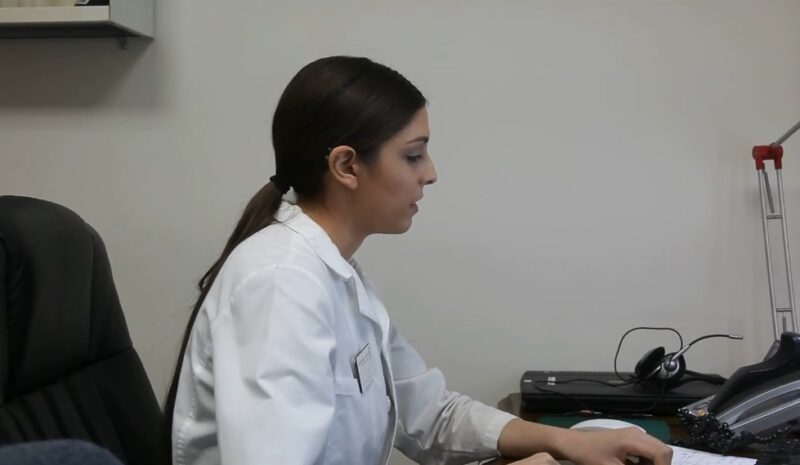
Inform your healthcare provider about the change in pharmacies. They may need to send new prescriptions or make adjustments based on the services provided by the new pharmacy.
Keeping your healthcare provider in the loop ensures seamless continuity of care.
12. Medication Synchronization
Medication synchronization allows you to refill all your medications on the same day each month.
Many pharmacies offer this service, which can make managing multiple prescriptions easier and more convenient. Ask your new pharmacy if they offer this service and how to enroll.
13. Transfer Fees
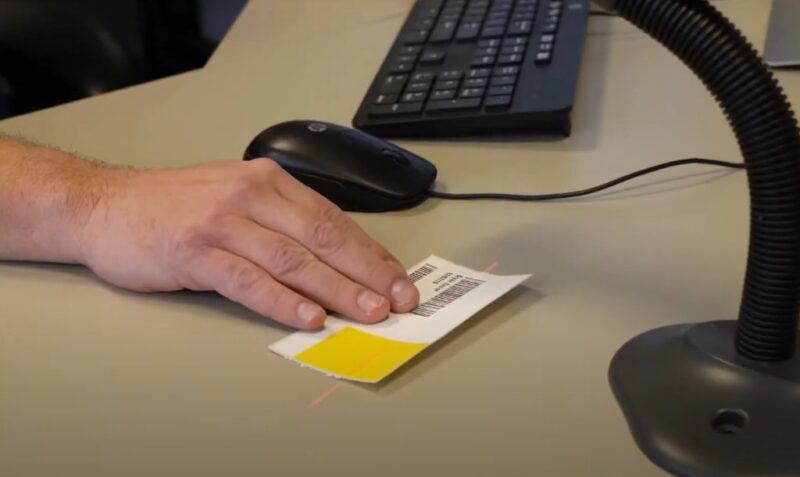
While most pharmacies do not charge for prescription transfers, it’s good practice to confirm this beforehand. Ensure there are no hidden fees associated with the transfer process.
14. New Pharmacy’s Policies
Know the new pharmacy’s policies on prescription refills, renewals, and handling of controlled substances. Familiarize yourself with their communication channels and customer service practices to ensure you can easily reach them if needed.
15. Transfer Your Health Records if Necessary
If the new pharmacy is part of a larger healthcare network, you might need to transfer your health records.
This transfer ensures that the pharmacy has a complete picture of your health history, which can be important for managing medications and potential drug interactions.
16. Automatic Refills
Ask the new pharmacy if they offer automatic refills. This service can help ensure that you never run out of your medications and that refills are processed promptly.
17. Review the Transfer Confirmation
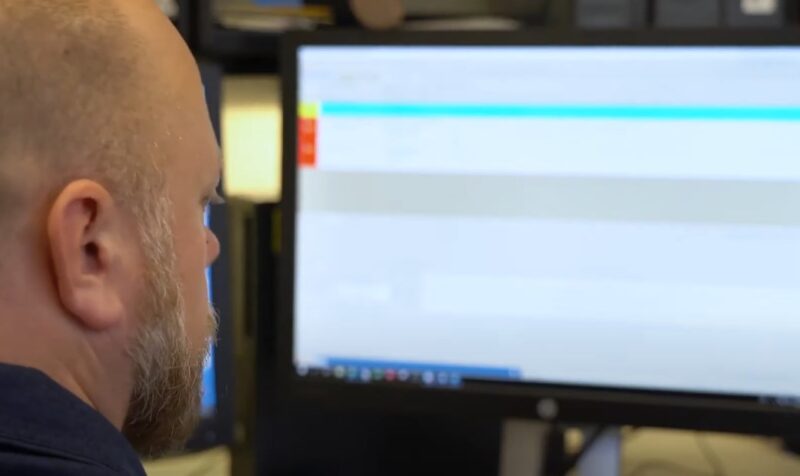
After the transfer is complete, review the confirmation from the new pharmacy. Ensure that all details are correct and that the transfer includes all necessary prescriptions.
18. Plan for Future Transfers
If you anticipate moving or changing pharmacies again in the future, keep a record of this transfer process.
Having a checklist or record can make future transfers smoother and less stressful.
19. Know Your Rights
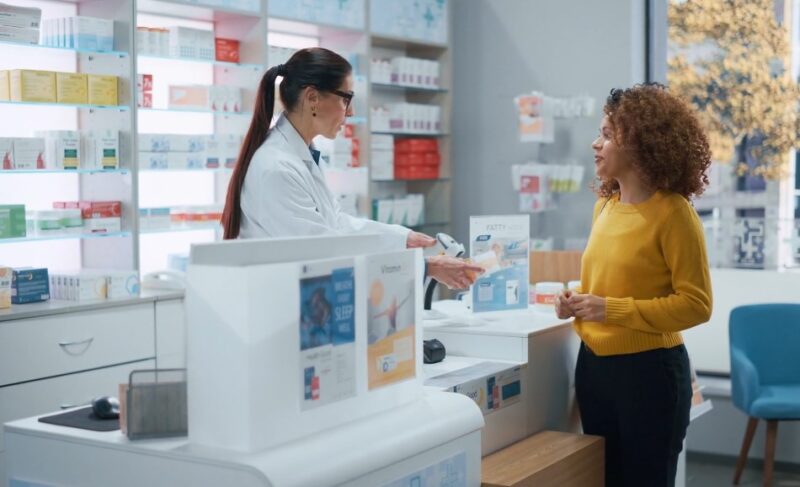
Understand your rights as a patient regarding prescription transfers. You have the right to choose your pharmacy and to transfer your prescriptions as needed.
If you encounter any issues or resistance, you can seek assistance from your healthcare provider or insurance company.
20. Follow Up with Your Healthcare Provider
After the transfer, schedule a follow-up appointment with your healthcare provider to review your medications and ensure that everything is in order.
This review helps in identifying any potential issues early and ensures that your treatment plan remains effective.
Summary
Transferring your prescriptions to a new pharmacy involves several steps, but being organized and proactive can make the process seamless.
Always keep open communication with both your new and old pharmacies, as well as your healthcare provider, to ensure that your medication needs are met without interruption.

